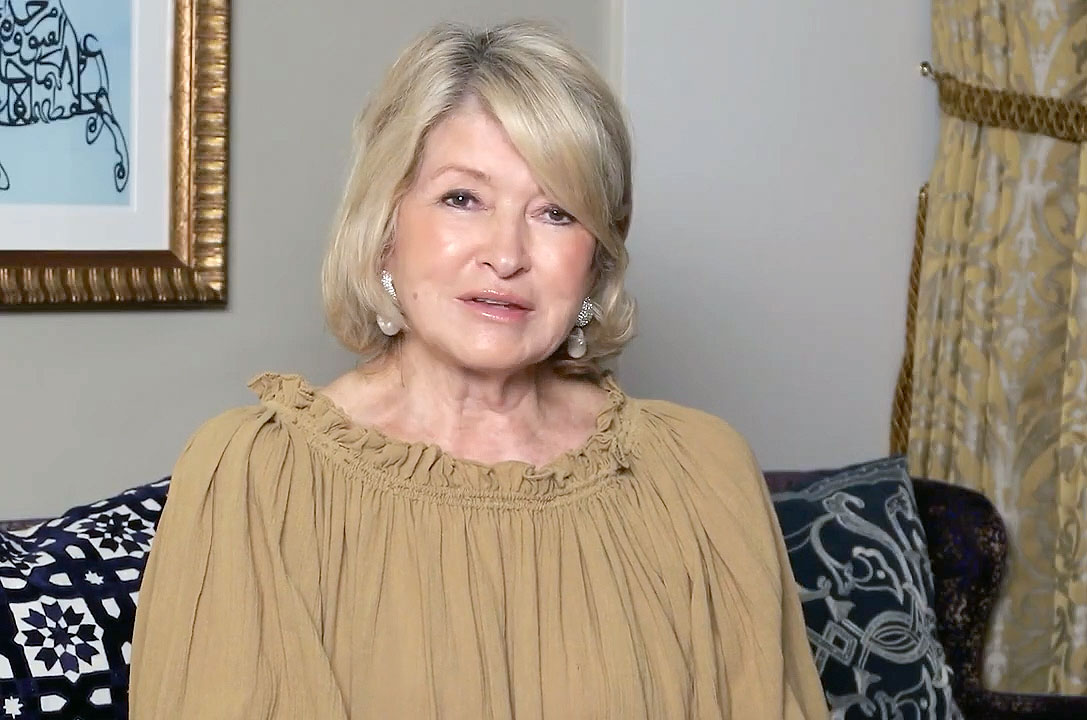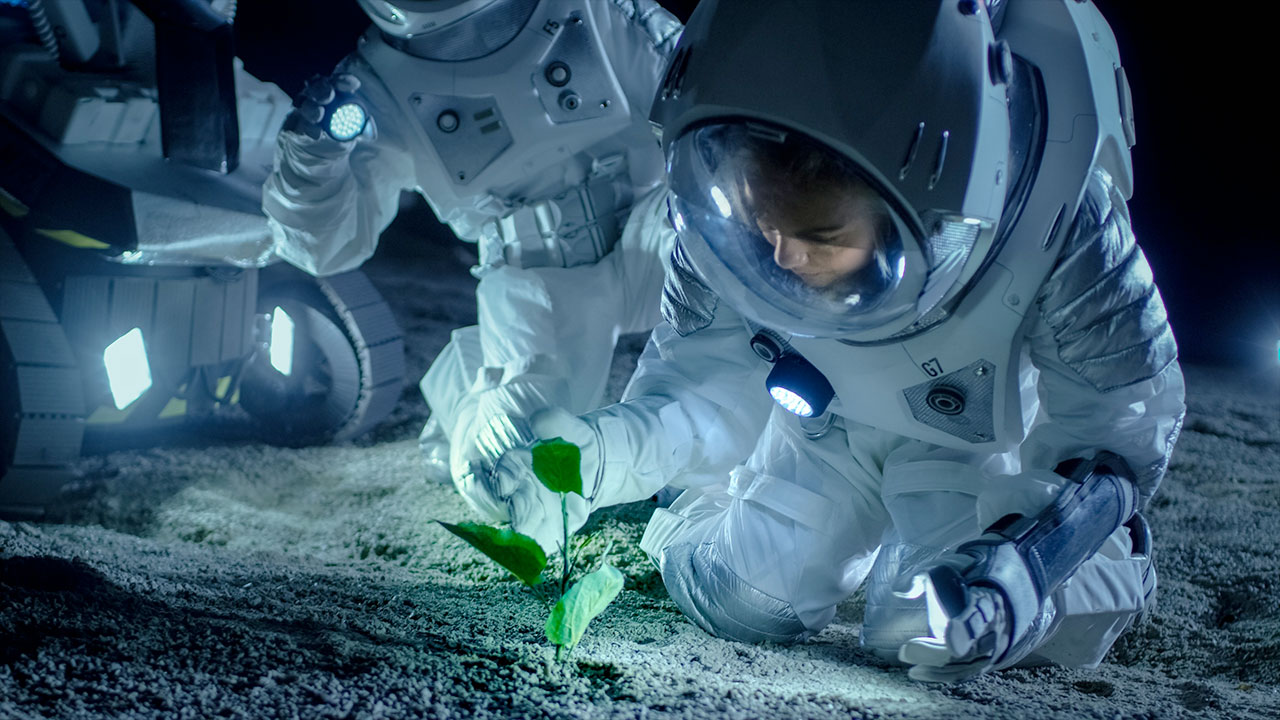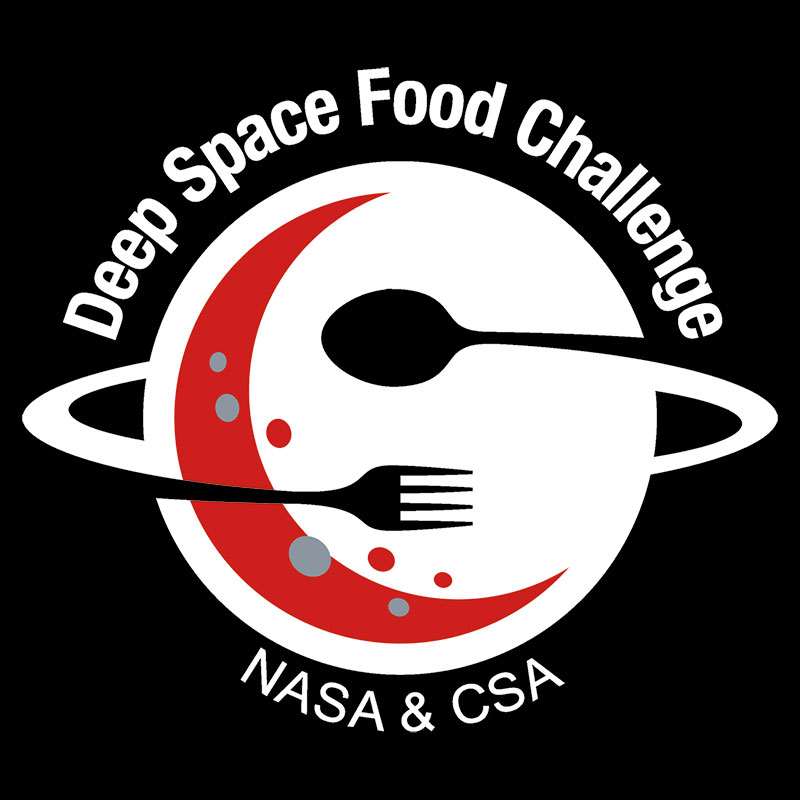Martha Stewart helps NASA pick Deep Space Food Challenge winners
'While the food aboard the ISS was sufficient, there's always room to grow.'

From a method for turning microalgae into crunchy bite-sized snacks to a space-based bread maker, NASA and the Canadian Space Agency (CSA) have named the winners of the first Deep Space Food Challenge, an international contest that sought novel food technologies for future astronaut missions, as well as for use in resource-scarce regions on Earth.
Celebrity chefs Martha Stewart and Lynn Crawford joined former astronauts Scott Kelly and Chris Hadfield in making the announcements in a video aired by NASA on its television channel on Monday (Nov. 15).
"It's probably no secret to all of you that good food, good living and good nutrition are very, very important to me," said Stewart. "What many of you might not know is that space, too, and its exploration are also something that I'm very interested in. With that comes the possibility of good food for those long space journeys, and that's what the Deep Space Food Challenge is all about."
Space food evolution: How astronaut chow has changed (photos)
NASA selected 18 teams, ranging from students, chefs, small businesses and others, to each receive $25,000 to advance their ideas. Additionally, the Canadian Space Agency (CSA) chose 10 Canadian teams, and both NASA and CSA jointly recognized 10 international submissions. Together, all 38 winning teams have been invited to take part in a second phase of the challenge, the details of which are still to be announced.
Stewart and Kelly also selected two of the international winners to receive $25,000 as sponsored by the Methuselah Foundation, a nonprofit medical charity focused on extending the healthy human lifespan by "making 90 the new 50" by 2030.
"Nearly a year aboard the ISS [International Space Station], I cared for two crops in the Veggie Plant Growth Facility, red lettuce and orange Zinnia flowers. I learned a lot about the challenges of growing plants in microgravity," said Kelly, who currently holds the American record for the longest single space mission at 340 days. "Growing, preparing and eating good food makes you feel connected to home. While the food aboard the ISS was sufficient, there's always room to grow."
Breaking space news, the latest updates on rocket launches, skywatching events and more!
Stewart's and Kelly's picks for innovative solutions included the Solar Foods team from Finland and Enigma of the Cosmos out of Australia.
"I chose one whose cutting-edge technology can literally create food out of thin air," Stewart said, referring to her choice of Solar Foods. "They have an incredible closed loop gas fermentation process, which produces 'Solein,' a highly nutritious meal replacement product."
Kelly selected Enigma of the Cosmos' microgreen food production system, which adapts to plants' natural growth cycle, increasing efficiency by adjusting to the space needed for each crop.
Other international winners included Electric Cow of Germany, which proposed converting carbon dioxide and waste streams straight into food by utilizing micro-organisms and 3D printing; JPWorks SRL of Italy, which developed "Chloe NanoClima," a method for growing nanoplants and microgreens in a single, contamination-proof ecosystem; and a plant growth system from LTCOP of Brazil that employs vertical panels to produce strawberries and taioba under Mars-like conditions in transit and on the surface.
Canadian winners included the McGill Advanced bio-Regenerative Toolkit for Long Excursion Trips, or MARTLET, a rearing, collection and transformation system for producing tens of thousands of protein-rich crickets for astronaut consumption; the University of Guelph's Growth Options for Outer Space Environments, or GOOSE, which pushes the boundaries of high-density crop production; and The Outpost from Canacompost Systems, which uses black soldier fly larva and microbiota to produce nutrient-rich organic compost and animal protein in an automated system.
"Let me tell you, going through all of these different ideas was a real treat in of itself," said Hadfield, who was co-chair of the jury for the Canadian stream of the Deep Space Food Challenge.
Among the 18 U.S. winning teams were Astra Gastronomy of San Francisco, which proposed a means of growing, dehydrating and forming microalgae into a kind of trail mix with nuts and other ingredients; Beehex of Columbus, Ohio, which developed a Universal Food Fabricator capable of converting dehydrated plants and cultured meats into powder form to be stored; and a multifunctional plastic bag from Space Bread of Hawthorne, Florida, which allows crew members to store, combine and bake all the ingredients to make yeast-risen rolls.
Video: How the Deep Space Food Challenge works
"I'm thrilled that we have so many winners in this competition, because there are many creative ideas out there that can help us to solve this challenge," said NASA Deputy Administrator Pam Melroy, a former space shuttle astronaut. "The ultimate solution will combine existing NASA work with new approaches and technologies that our winners are quite literally bringing to the table."
"I'm inspired not just by the hope of successfully sustaining astronauts in space, but also by the hope that this technology can also benefit life here on Earth," said Melroy. "The thought of bringing in food production technology to sustain a local population is powerful, and potentially life-saving. These winning designs will certainly help NASA, but we hope that the designs can fuel innovation right here at home on spaceship Earth."
Follow collectSPACE.com on Facebook and on Twitter at @collectSPACE. Copyright 2021 collectSPACE.com. All rights reserved.

Robert Pearlman is a space historian, journalist and the founder and editor of collectSPACE.com, a daily news publication and community devoted to space history with a particular focus on how and where space exploration intersects with pop culture. Pearlman is also a contributing writer for Space.com and co-author of "Space Stations: The Art, Science, and Reality of Working in Space” published by Smithsonian Books in 2018.
In 2009, he was inducted into the U.S. Space Camp Hall of Fame in Huntsville, Alabama. In 2021, he was honored by the American Astronautical Society with the Ordway Award for Sustained Excellence in Spaceflight History. In 2023, the National Space Club Florida Committee recognized Pearlman with the Kolcum News and Communications Award for excellence in telling the space story along the Space Coast and throughout the world.




